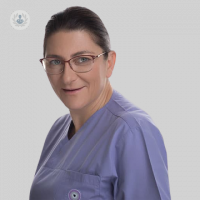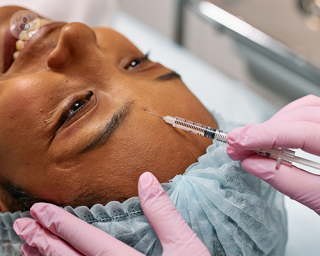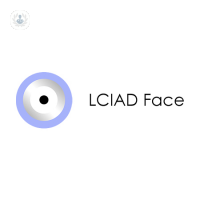Facial Aesthetic Medicine
Dr Milvia Di Gioia - Aesthetic medicine
Created on: 11-13-2012
Updated on: 08-03-2023
Edited by: Kate Forristal
In today's fast-paced and appearance-conscious world, the desire to maintain a youthful and rejuvenated look has become more prevalent than ever. Thankfully, facial aesthetic medicine has emerged as a revolutionary field, offering individuals the opportunity to reverse the effects of fatigue, stress, and time. By employing various cutting-edge techniques, from botox to lipofilling and even surgery, facial aesthetic medicine empowers people to achieve the desired appearance they have always dreamed of.

Understanding Facial Aesthetic Medicine:
Facial aesthetic medicine is a specialised branch of cosmetic procedures that focuses on rejuvenating facial areas affected by the signs of ageing, stress, and other external factors. The primary goal is to enhance one's appearance, making it more youthful and radiant. These treatments target common concerns such as wrinkles, fine lines, loss of facial volume, and sagging skin.
The Techniques in Focus:
Facial aesthetic medicine encompasses a diverse range of techniques tailored to individual needs and preferences. Here are three prominent approaches:
Botox: Botox, a popular non-surgical treatment, involves injecting botulinum toxin into specific facial muscles to temporarily reduce muscle activity. This leads to a softening of wrinkles and fine lines, particularly around the forehead, crow's feet, and frown lines. The procedure is quick, virtually painless, and requires minimal downtime, making it a favoured choice for busy individuals seeking immediate results.
Lipofilling: Lipofilling, also known as fat grafting, employs the patient's own fat cells, harvested from other body areas, to restore volume to the face. This technique can fill in sunken cheeks, hollow under-eye areas, and thinning lips. Lipofilling not only provides a natural-looking result but also reduces the risk of allergic reactions since the procedure uses the patient's tissue.
Surgery: For individuals seeking more comprehensive facial rejuvenation, surgical interventions offer long-lasting results. Facelifts, neck lifts, and brow lifts are examples of surgical procedures that tighten and reposition facial tissues to create a more youthful appearance. While surgical treatments require more recovery time and involve greater risk, they can address more advanced signs of aging effectively.
The art and science of facial aesthetic medicine
Facial aesthetic medicine is a delicate balance between art and science. Skilled practitioners employ a thorough understanding of facial anatomy, aesthetics, and personalised patient assessment to create natural results. The goal is not to alter one's identity but rather to enhance their features in line with their unique beauty.
Ethics and Safety
The field of facial aesthetic medicine places a strong emphasis on ethics and safety. Reputable practitioners prioritise patient education, informed consent, and realistic expectations. Patients are encouraged to seek consultations with certified and experienced professionals to ensure that they fully understand the risks and benefits of each procedure.










